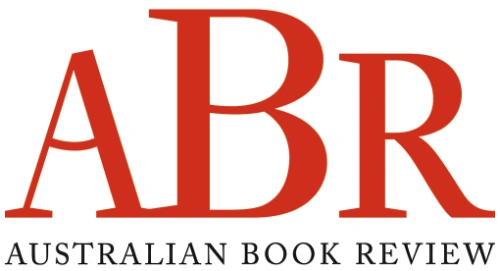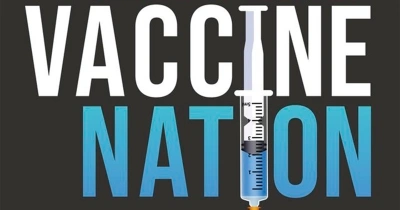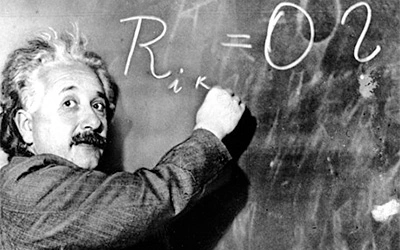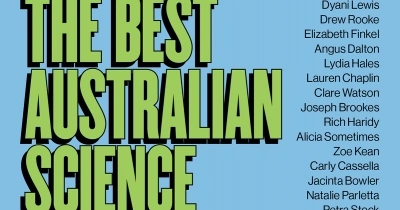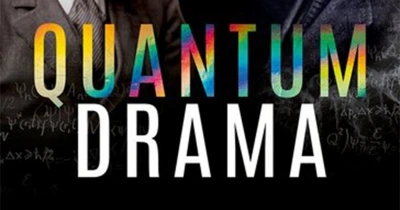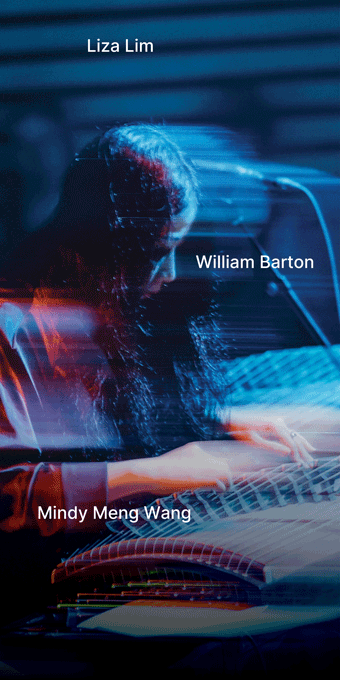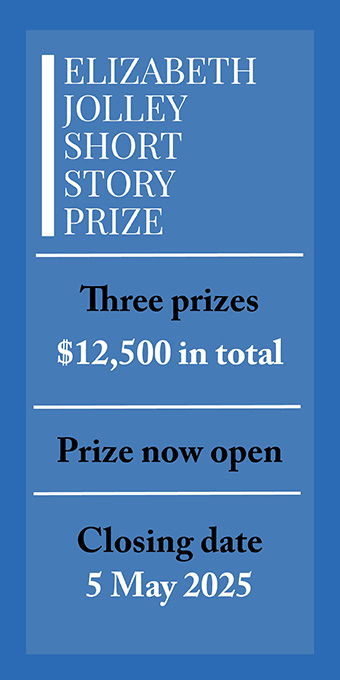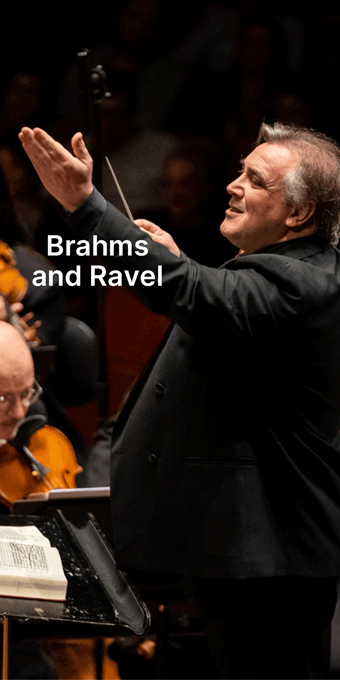Science
Vaccine Nation: A perfect public health storm by Raina MacIntyre
Einstein in Oxford by Andrew Robinson & Einstein and the Quantum Revolutions by Alain Aspect translated from the French by Teresa Lavender Fagan
The Best Australian Science Writing 2024 edited by Jackson Ryan and Carl Smith
On The ABR Podcast this week, Robyn Arianrhod reviews Nexus: A brief history of information networks from the Stone Age to AI by Yuval Noah Harari. Under the category ‘information networks’, Harari puts oral stories, clay tablets, chalkboards, newspapers, computers and more. Arianrhod writes: ‘Harari aims to illustrate these dilemmas so that we … are better prepared to handle the AI revolution’. Robyn Arianrhod is an Affiliate in Monash’s School of Mathematics and the author of Vector: A surprising story of space, time, and mathematical transformation. Listen to Robyn Arianrhod’s ‘Out of the loop: Relaying information across time’, published in the November issue of ABR.
... (read more)Beginning this week on the ABR Podcast, we celebrate the 2024 ABR Elizabeth Jolley Short Story Prize shortlist over three episodes. In each episode, one of the three shortlisted authors will read their story – also published in the August issue of ABR. The overall winner of the Jolley Prize will be announced at an event at Gleebooks in Sydney on August 15. Proceeding in alphabetical order, Episode One features Kerry Greer’s ‘First Snow’.
... (read more)In this week’s ABR Podcast, Robyn Arianrhod considers the state of popular science writing in the Australian literary landscape. She argues that in-depth science writing with popular appeal and literary value is increasingly hard to find in Australia. And where exemplary works of this kind are published, they are rarely recognised with reviews or literary prizes. Robyn Arianrhod is an Affiliate in Monash’s School of Mathematics and her new book is Vector: A surprising story of space, time, and mathematical transformation, published by NewSouth Books. Listen to Robyn Arianrhod with ‘Beyond the mundane: Popular science writing in our literary landscape’.
... (read more)After Netflix’s intriguing sci-fi thriller 3 Body Problem streamed into Australia earlier this year, readers rushed out in droves to buy the book on which the series is based: Liu Cixin’s The Three-Body Problem (2008), which was first translated into English in 2014. Most reviews have focused on the philosophical, literary, and cultural aspects of the book – and they are, indeed, fascinating. But the thing that interests me here is the accurate scientific detail that Liu uses to drive the story. Of course, this is sci-fi, so ultimately he presses real concepts into unreal (but imaginative) service. Still, much more physics and maths appear in his book than in the Netflix series, which, according to Tara Kenny’s review in The Monthly (April 2024), ‘offers a welcome workaround’ the science through visual effects. In the book, by contrast, ‘Lengthy passages are spent dutifully explaining physics theories and technological functionality, which is likely to deter readers who haven’t thought about science since they dissected a rat in high-school biology.’
... (read more)